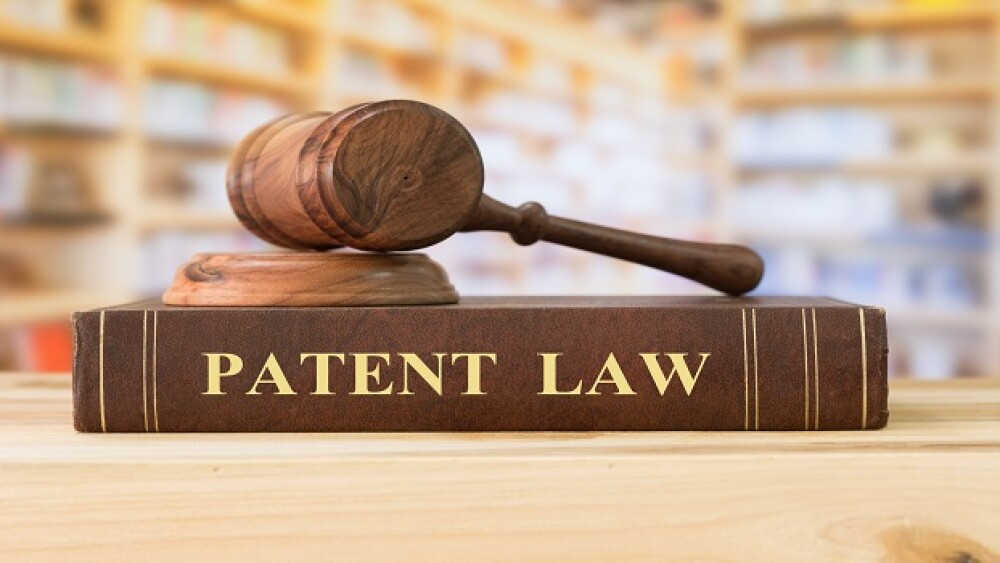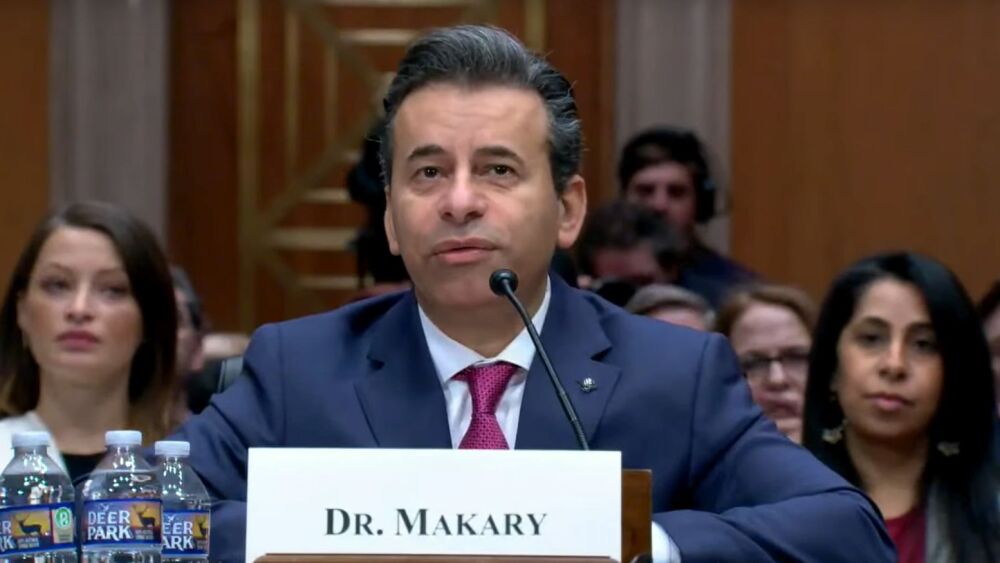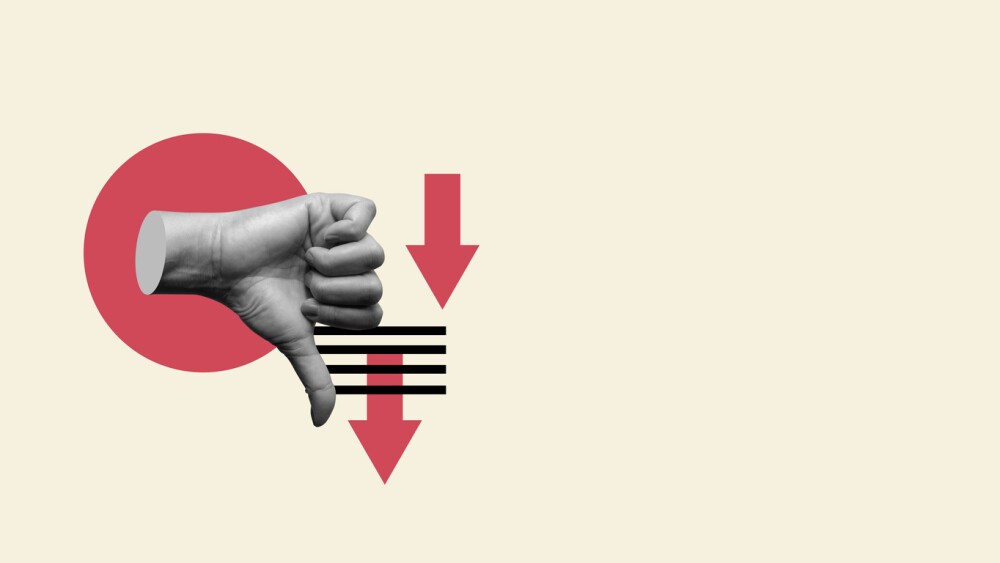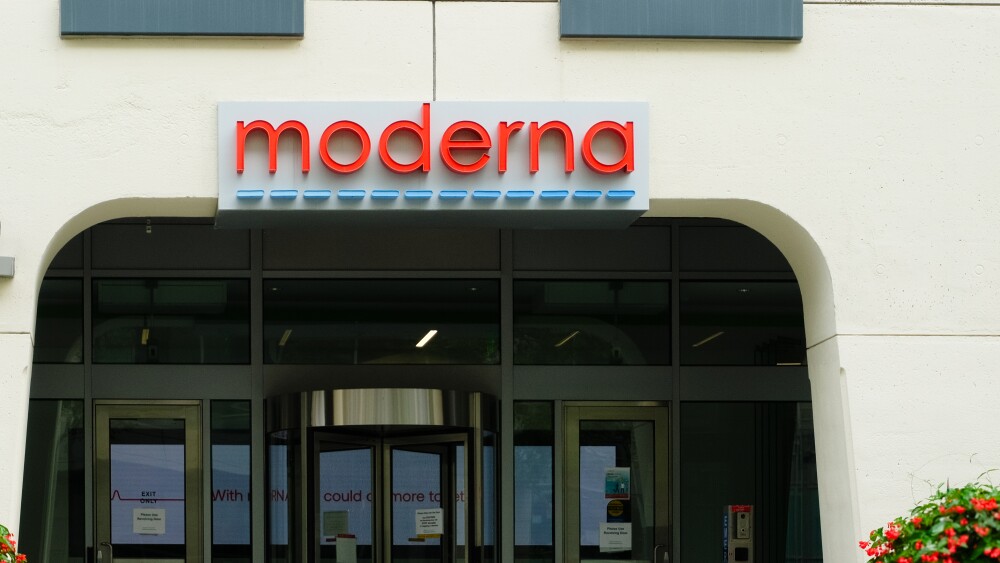Patent fights are nothing new in the pharmaceutical industry but a new report shows that during 2017 the number of legal battles of pharmaceutical patents increased by 30 percent.
Patent fights are nothing new in the pharmaceutical industry but a new report shows that during 2017 the number of legal battles of pharmaceutical patents increased by 30 percent.
The new report, issued by Lex Machina, a LexisNexis company, released its fourth annual Hatch-Waxman/ANDA Litigation Report that revealed the rise of patent-related lawsuits that were related to Abbreviated New Drug Applications (ANDAs) filed in U.S. district courts. According to the report, the patent litigations filed in 2017 jumped to 417 cases in 2017 from 324 filed in 2016. However, Lex Machina noted that the 2017 increase is still short of the number of 2015 cases, which totaled 475.
Between Jan. 1, 2016 and Dec. 31, 2017, 741 ANDA cases and 196 PTAB pharmaceutical petitions were filed, while 843 ANDA cases and 246 PTAB pharmaceutical trials were completed, according to the report.
The report provides an interesting breakdown of which drug patents are the most challenged and which of the big pharmaceutical companies are involved in the most litigation.
During the two year period, the most litigated drugs were Biogen’s Tecfidera, with 32 cases, followed by 26 cases involving Bristol-Myers Squibb’s Eliquis, and 22 cases involving Amgen’s Sensipar.
In that same time period the top five plaintiffs, those challenging patents, include 42 cases for Indiana-based Eli Lilly and 42 cases for Pfizer. Following those two are Sanofi-Aventis, with 25 cases, Allergan with 32 cases and BMS also with 32 cases.
The top five defendants during that time include Teva Pharmaceuticals USA and Teva Pharmaceutical Industries, with 73 and 45 cases respectively. Other defendants include Mylan with 46 cases, Apotex with 44 cases and Aurobindo Pharma USA with 40 cases.
Another interesting point the Lex Machina report reveals is the result of cases terminated during the same two-year time period. For ANDA cases terminated in 2016 and 2017, the majority were the result of a likely settlement, the report said. Of the cases, 50 percent, or 417 were settled, while 18 percent of cases, 155, resulted in a procedural resolution. The report indicated that claimants more often won cases than defendants, 25 percent compared to 7 percent.
“In such cases, consent judgment was the most prevalent case resolution for both claimants and claim defendants (18 percent and 3 percent respectively), followed by trial (6 percent and 2 percent, respectively), the report said.
The Lex Machina report shows that the top venues for ANDA cases are the District of Delaware and the District of New Jersey. In 2017 the number of cases filed in the District of New Jersey was relatively flat in comparison to 2016, 111 to 112 respectively. Filings in the District of Delaware surged 60 percent, from 151 cases in 2016 to 241 cases in 2017. Another district that saw a high change in the number of filings is the Eastern District of Virginia. Instead of an increase during 2017, this district saw a 90 percent reduction of filings, from 17 in 2016 to two in 2017.
The report was released shortly after the U.S. Supreme Court upheld the constitutionality of Inter Partes Review (IPR). The ruling was a blow to the pharmaceutical industry which challenged the legality of a non-judicial branch ruling on patents. The high court said Article III was not violated because Congress has “significant latitude” in assigning adjudication of public rights to “entities other than Article III courts.” Under the review process the U.S. Patent and Trade Board has the right to revisit whether or not patents are still eligible. Since the IPR process was established Reuters said approximately 80 patents have been partially or totally cancelled as a result of the PTB’s decision.





